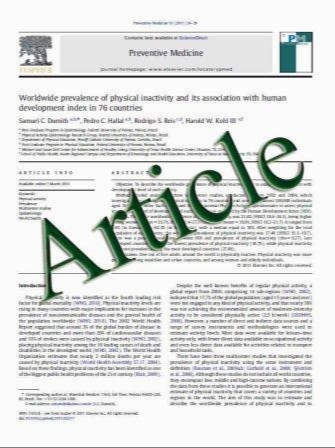Cemented versus uncemented femoral components in total knee arthroplasty
- نوع فایل : کتاب
- زبان : انگلیسی
- مؤلف : Guillaume Demey • Elvire Servien • Sebastien Lustig • Tarik Aý¨t Si Selmi • Philippe Neyret
- چاپ و سال / کشور: 2011
Description
of femoral cement on clinical and radiological results after total knee arthroplasty. Methods Preoperatively 130 patients were randomly assigned to treatment in either the Cement Group or the Hybrid Group. The International Knee Society scores, femoral radiolucent lines and bone transparencies were compared. Results There were no significant differences concerning postoperative knee and function scores. We observed a significant difference in radiolucent lines (Cement Group, 24%; Hybrid Group, 2%; P\0.001) as well as bone transparencies (Cement Group, 21%; Hybrid Group, 62%; P\0.001). All radiolucent lines measured less than 2 mm in width. Conclusion Cementing the femoral component of a total knee arthroplasty does not appear to influence the clinical results. A longer follow-up period is required to determine the influence of radiological findings on final outcome. Level of evidence I.
Knee Surg Sports Traumatol Arthrosc (2011) 19:1053–1059 DOI 10.1007/s00167-010-1347-2 Received: 7 March 2010 / Accepted: 22 November 2010 / Published online: 15 December 2010


